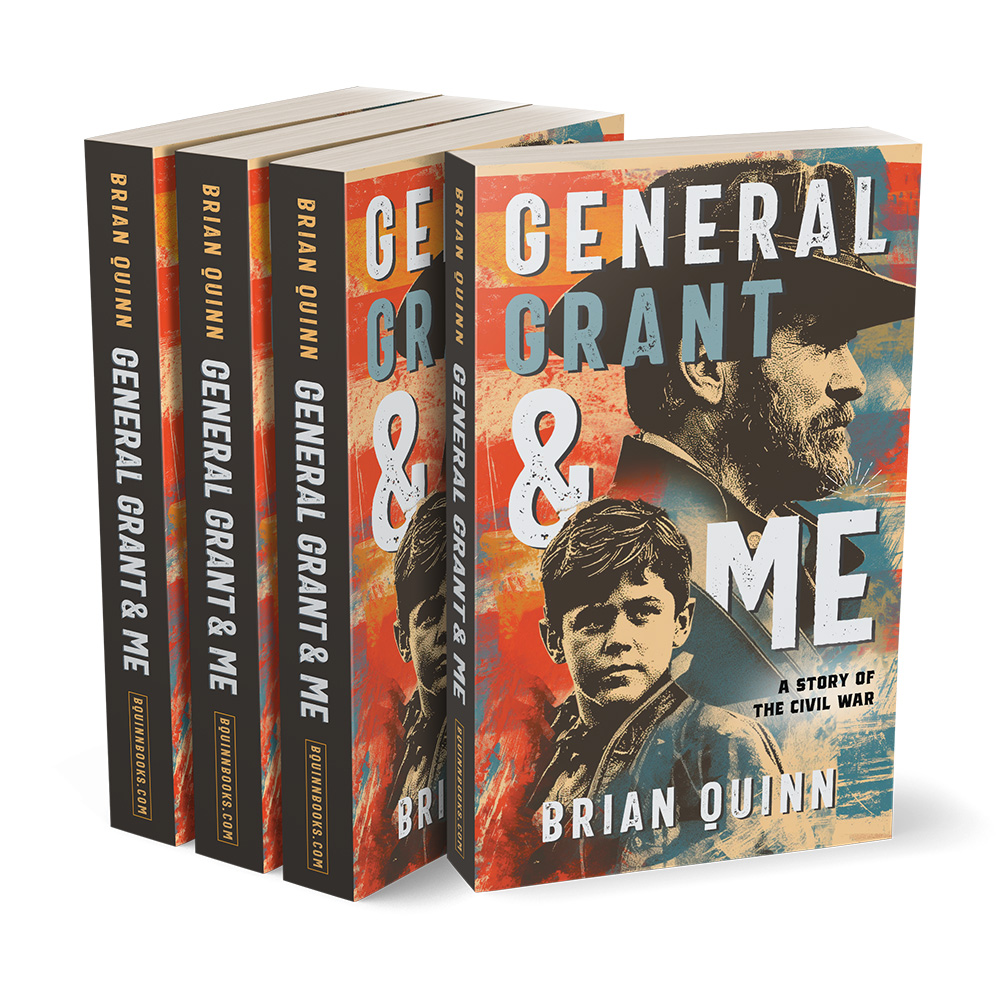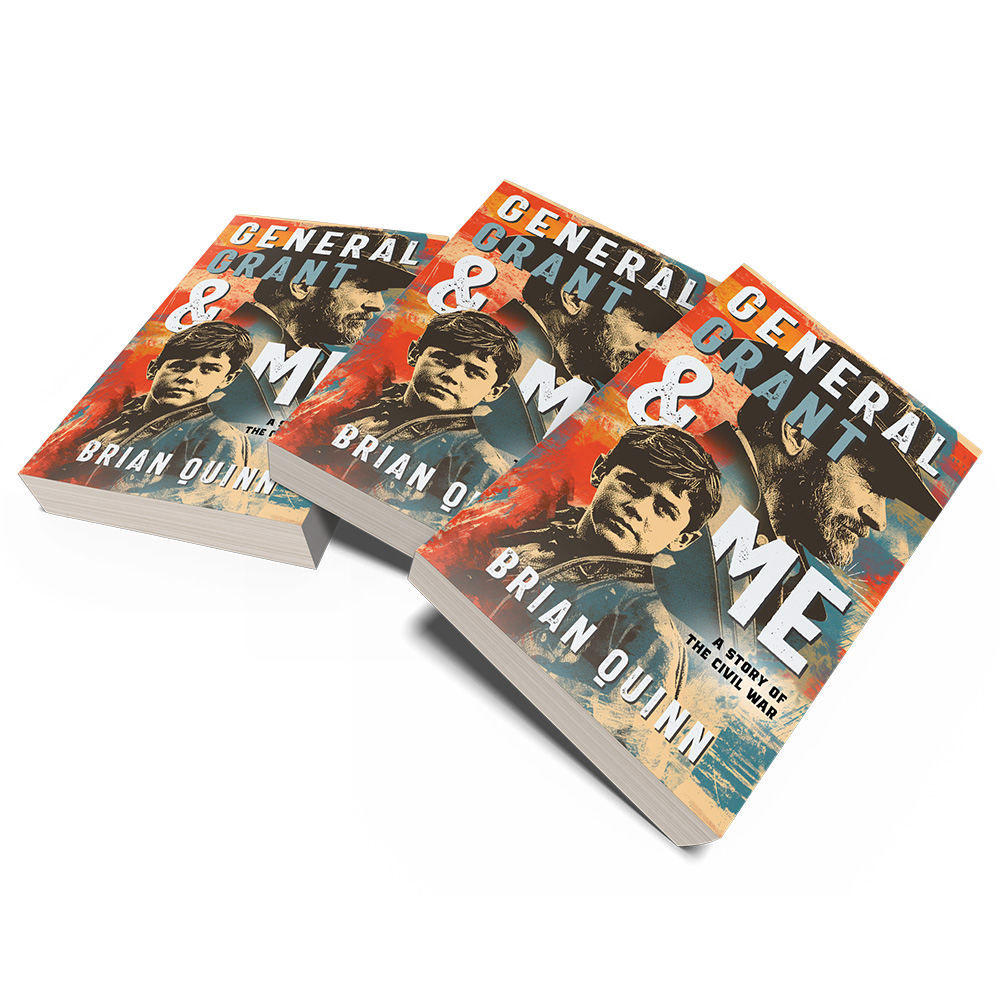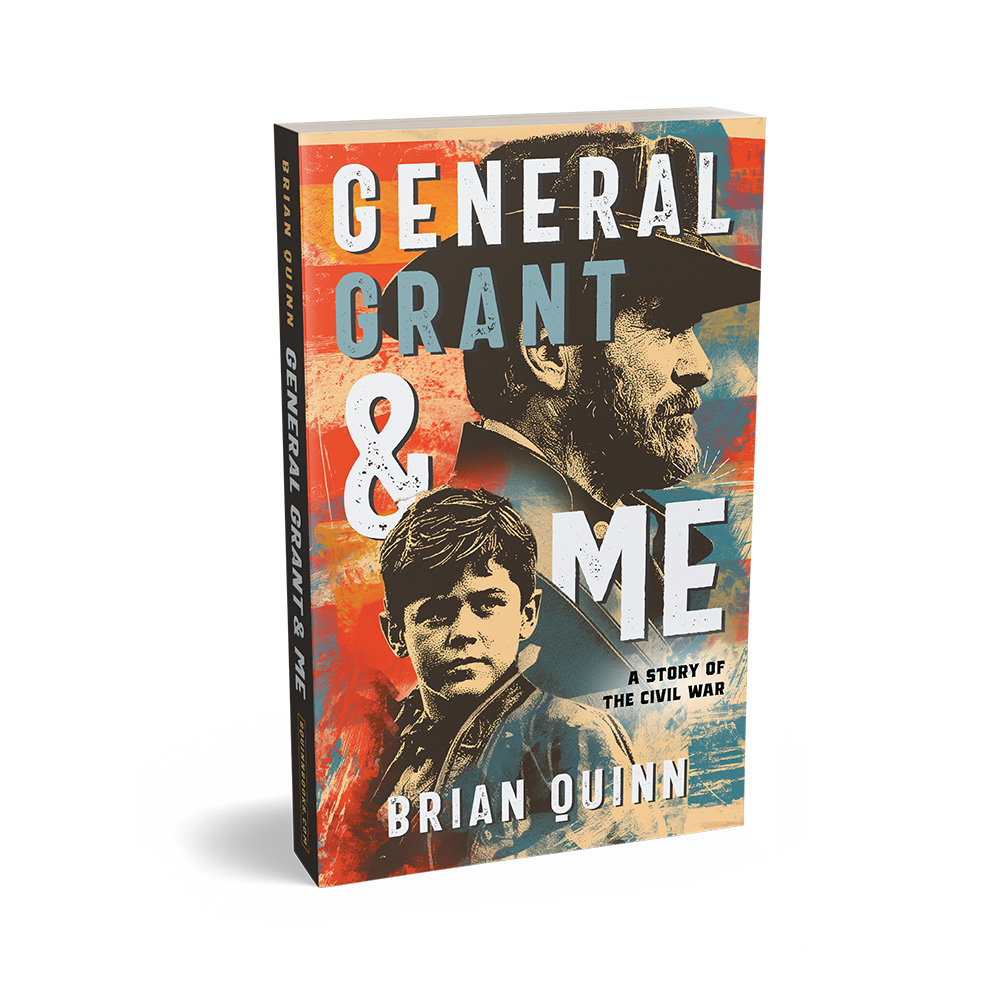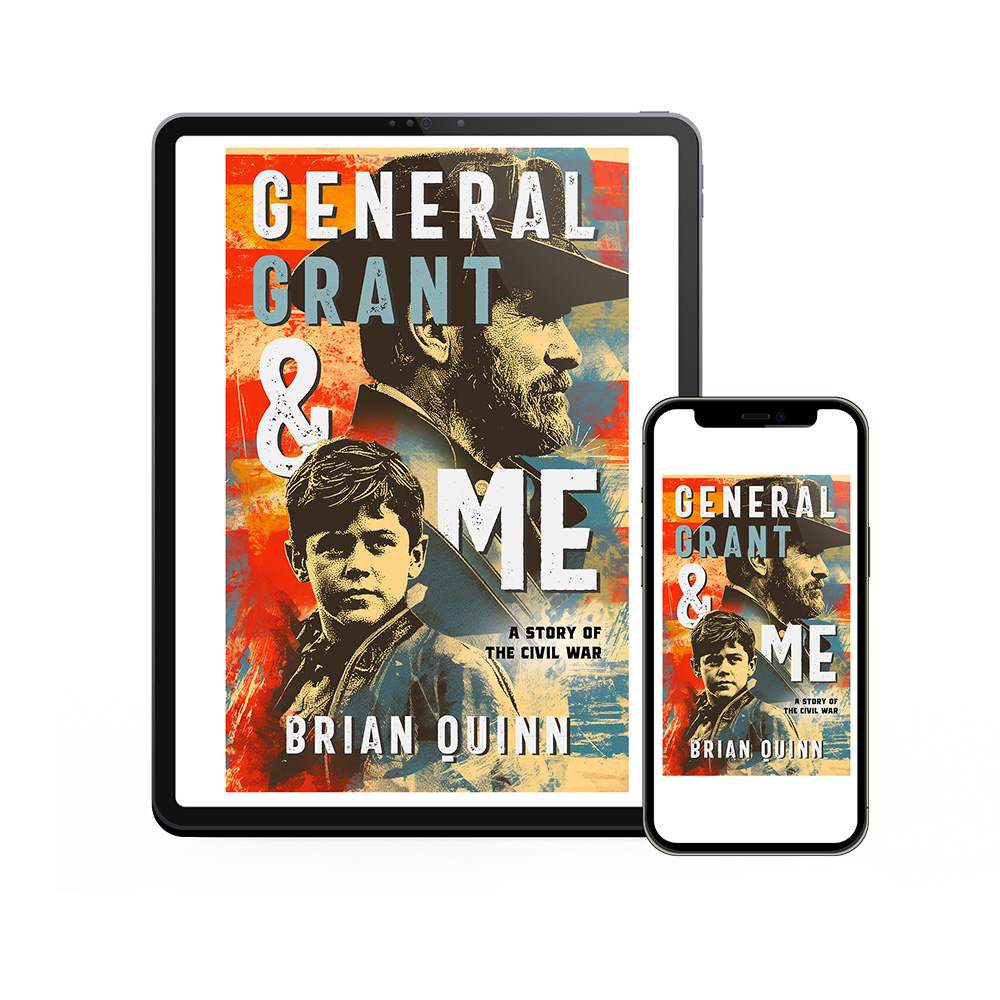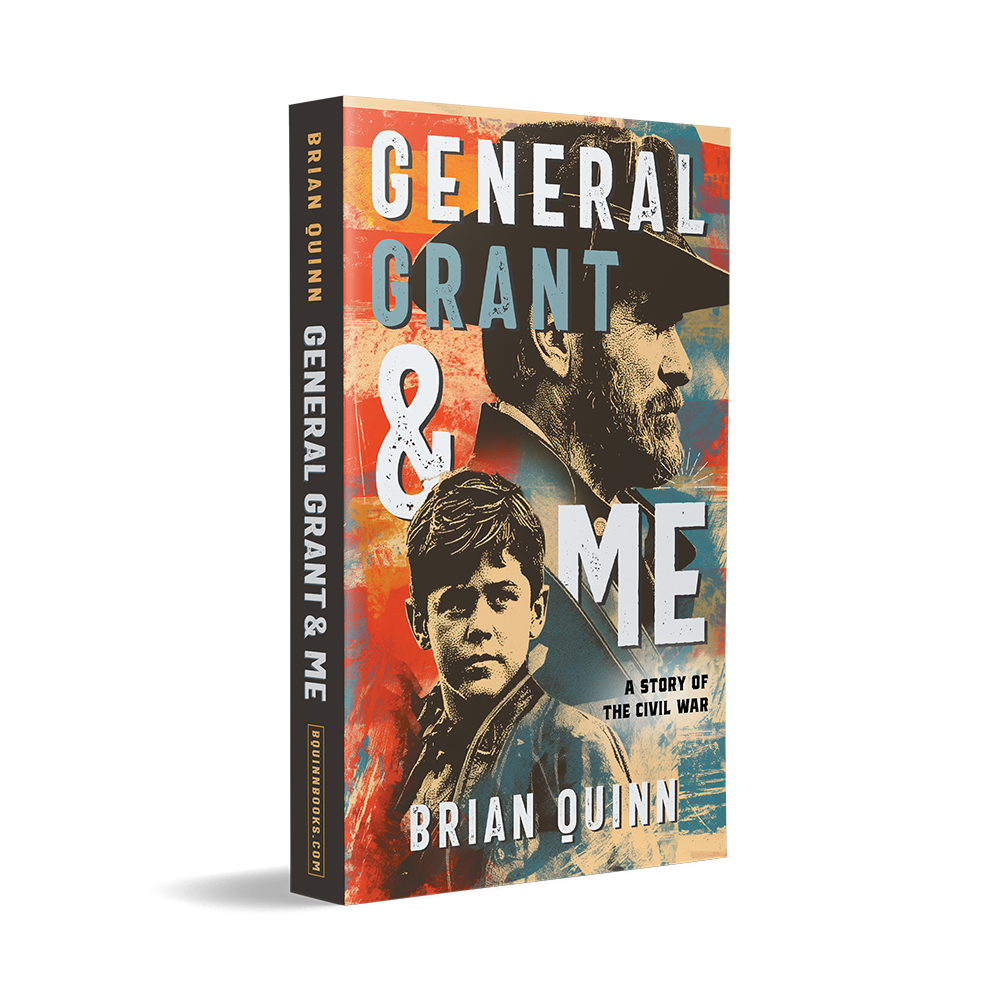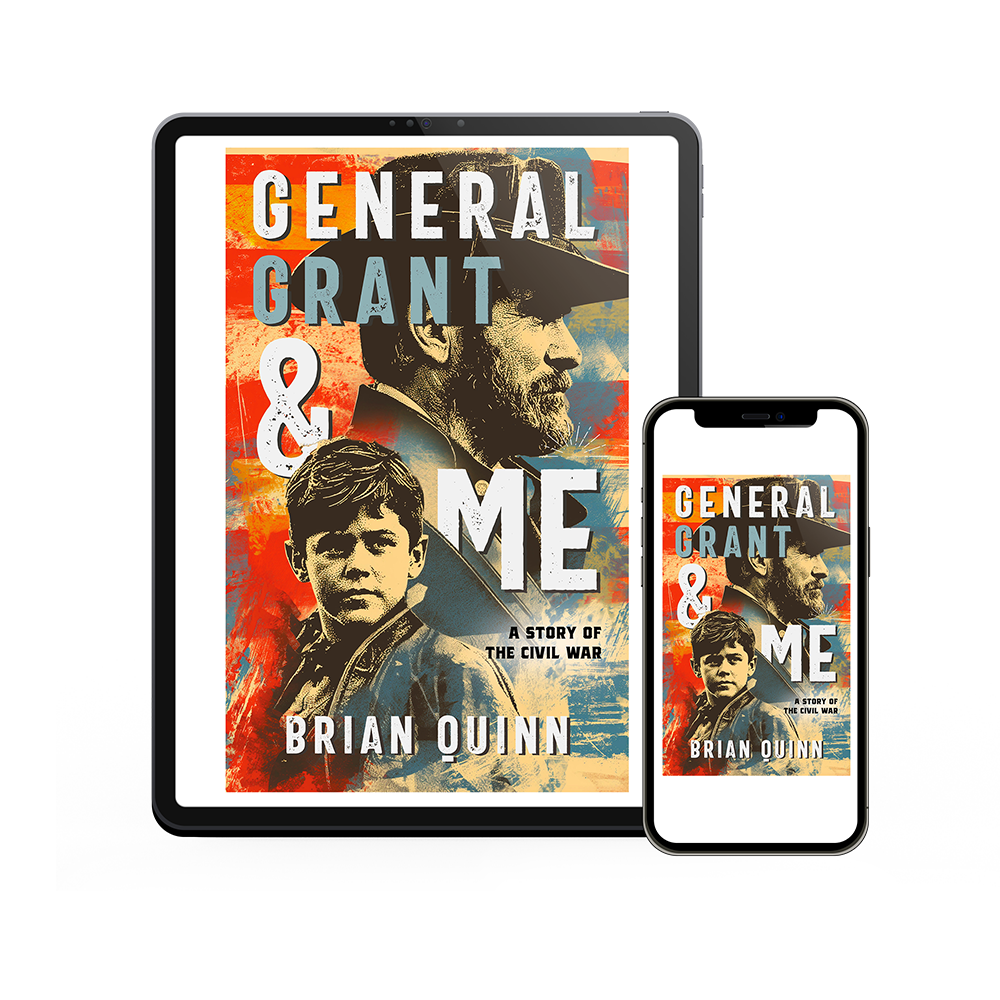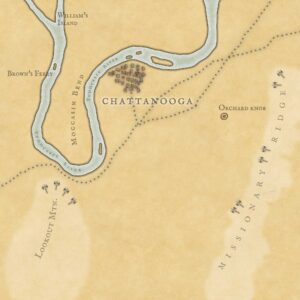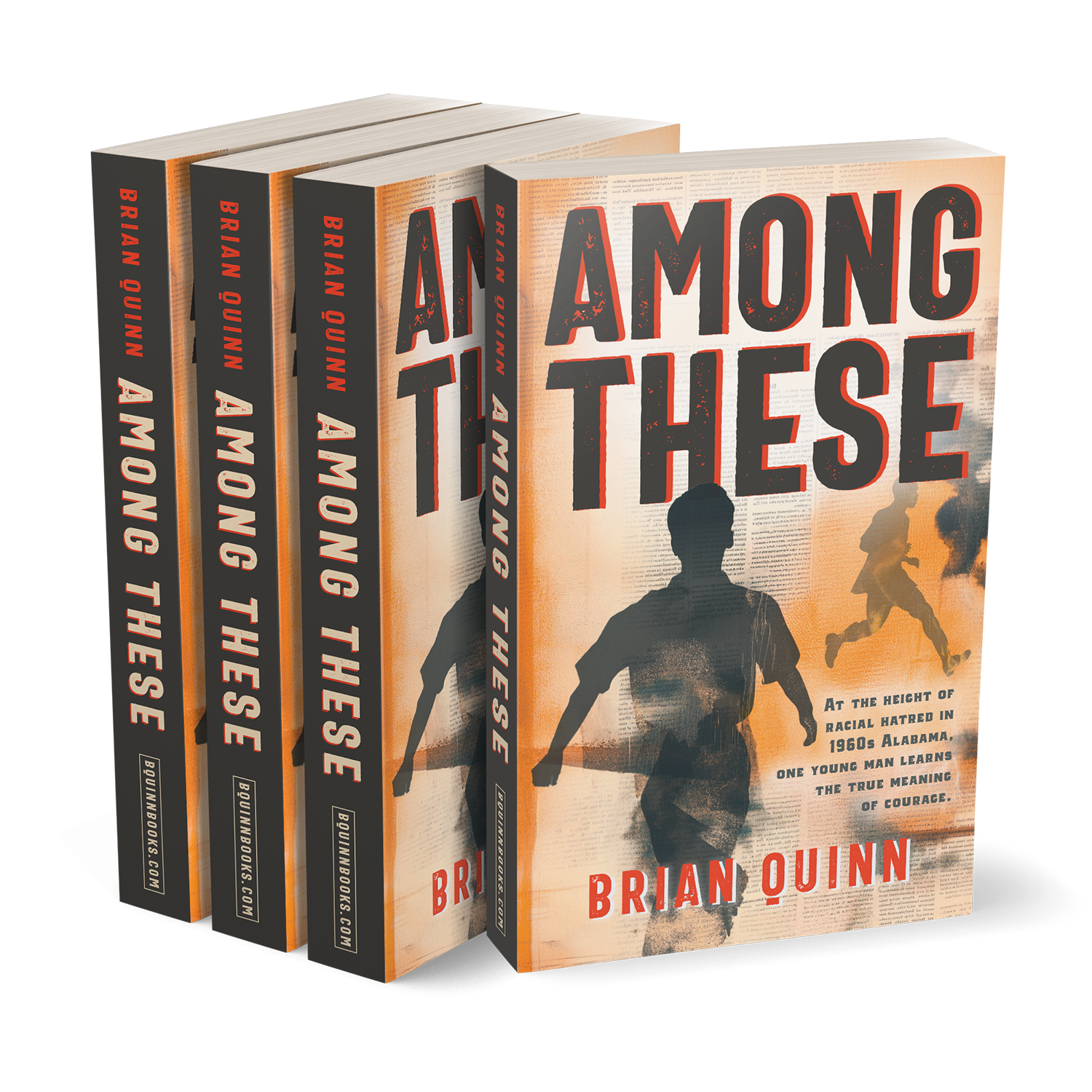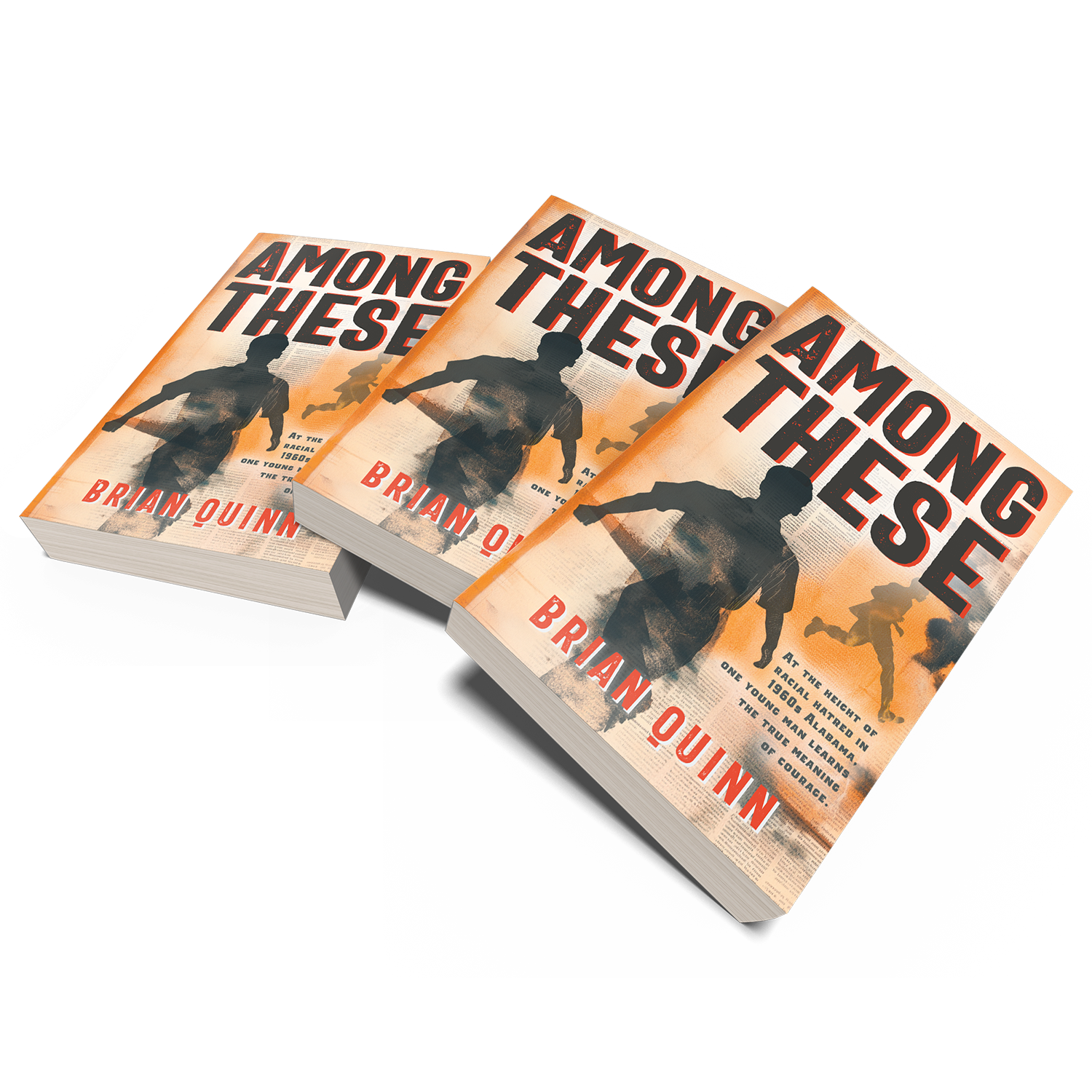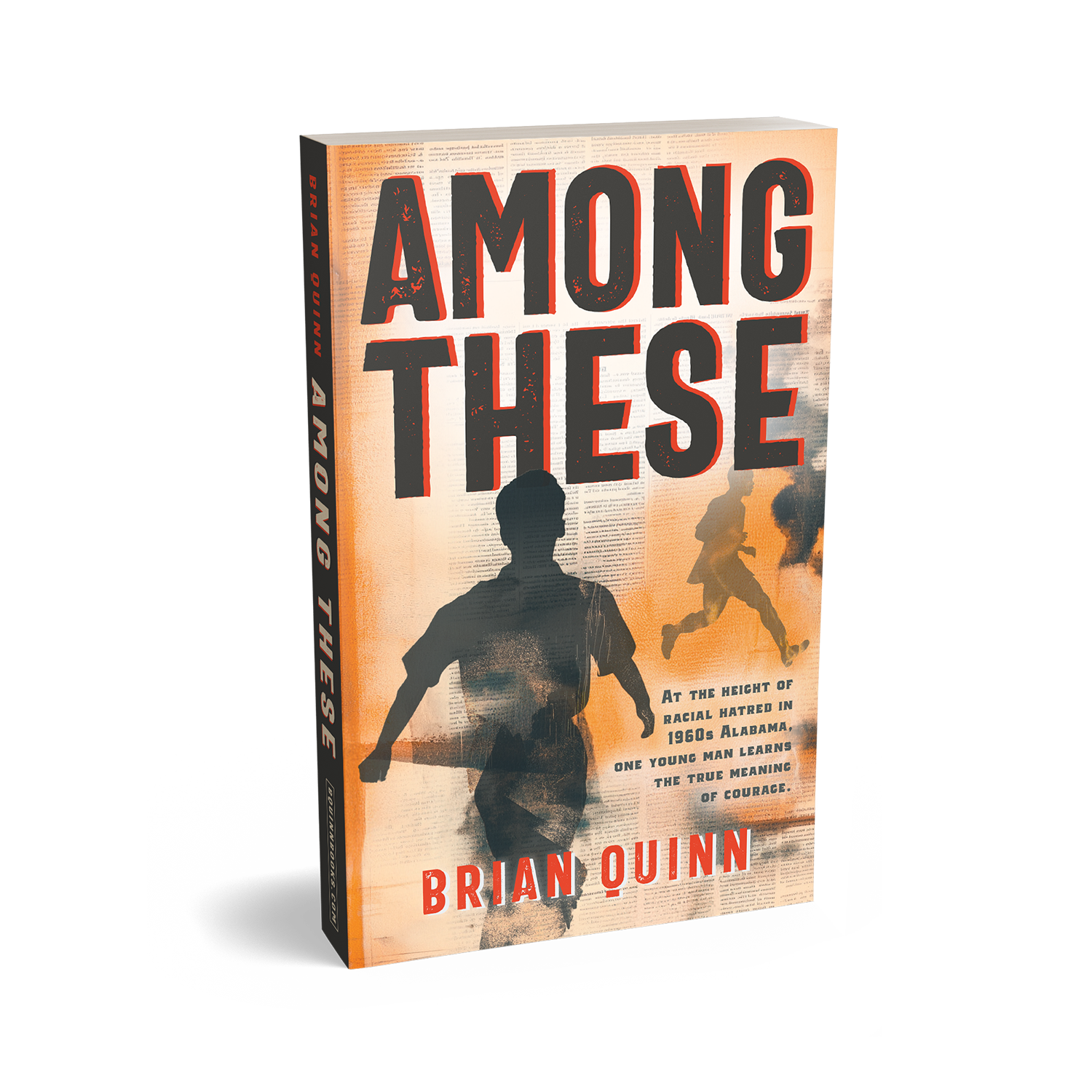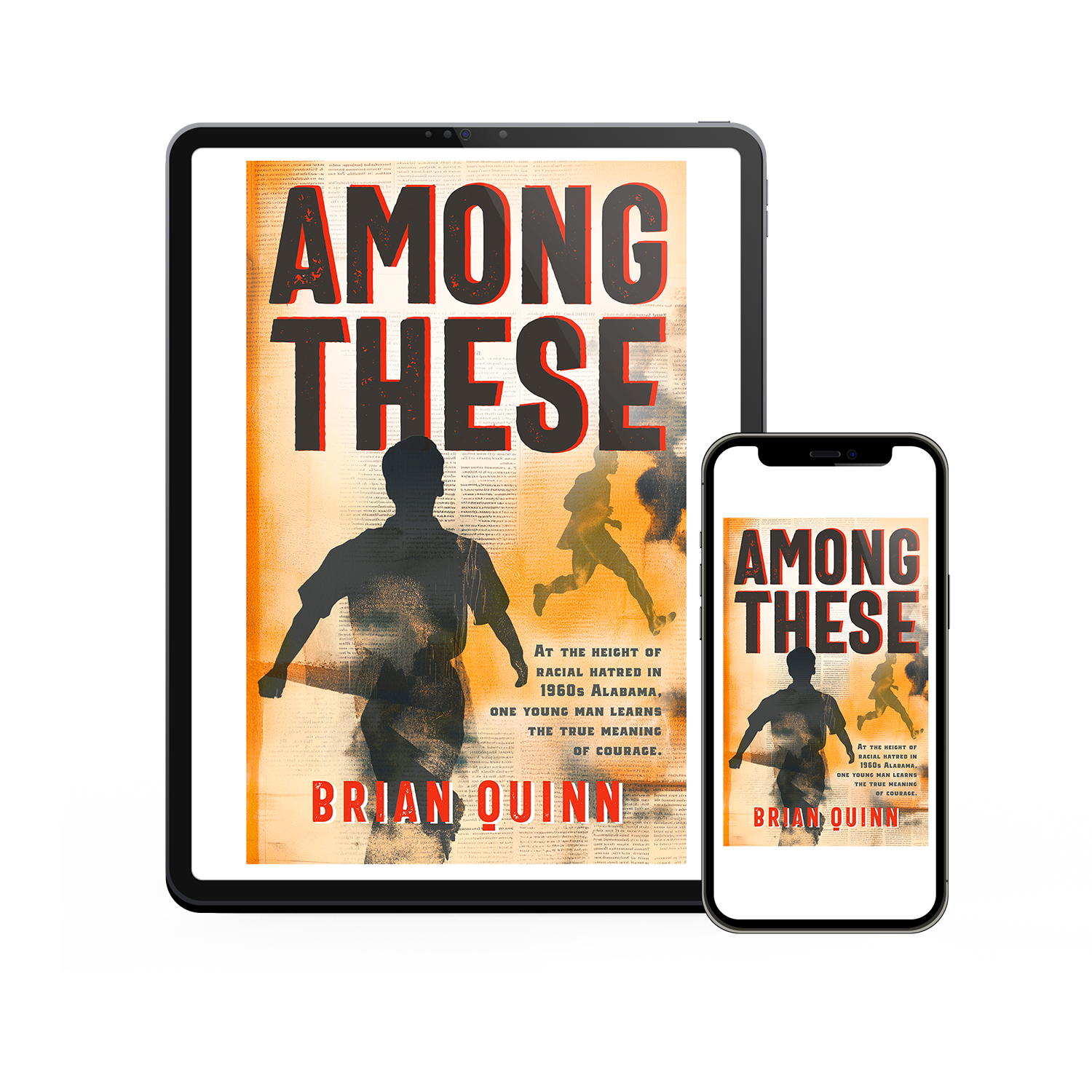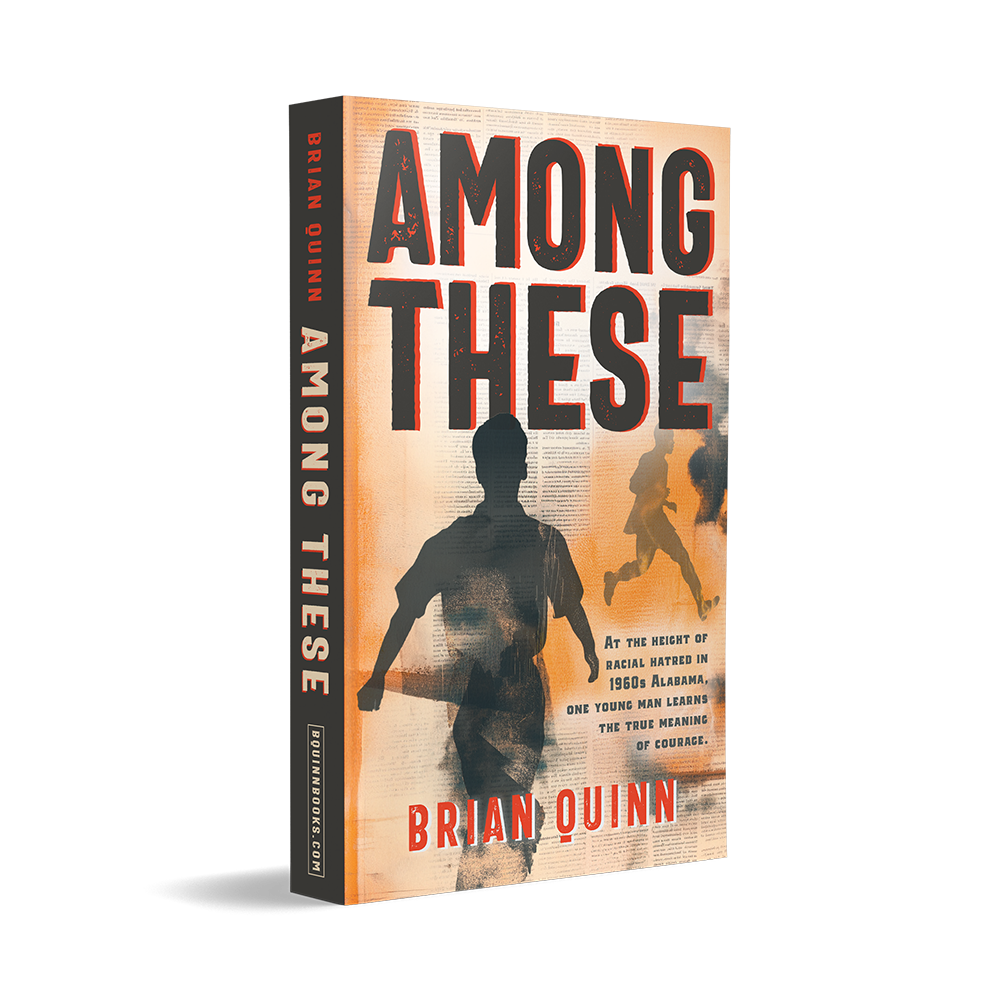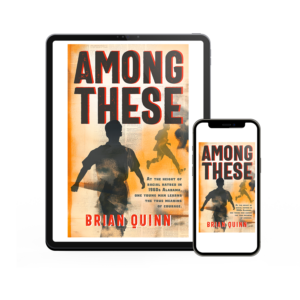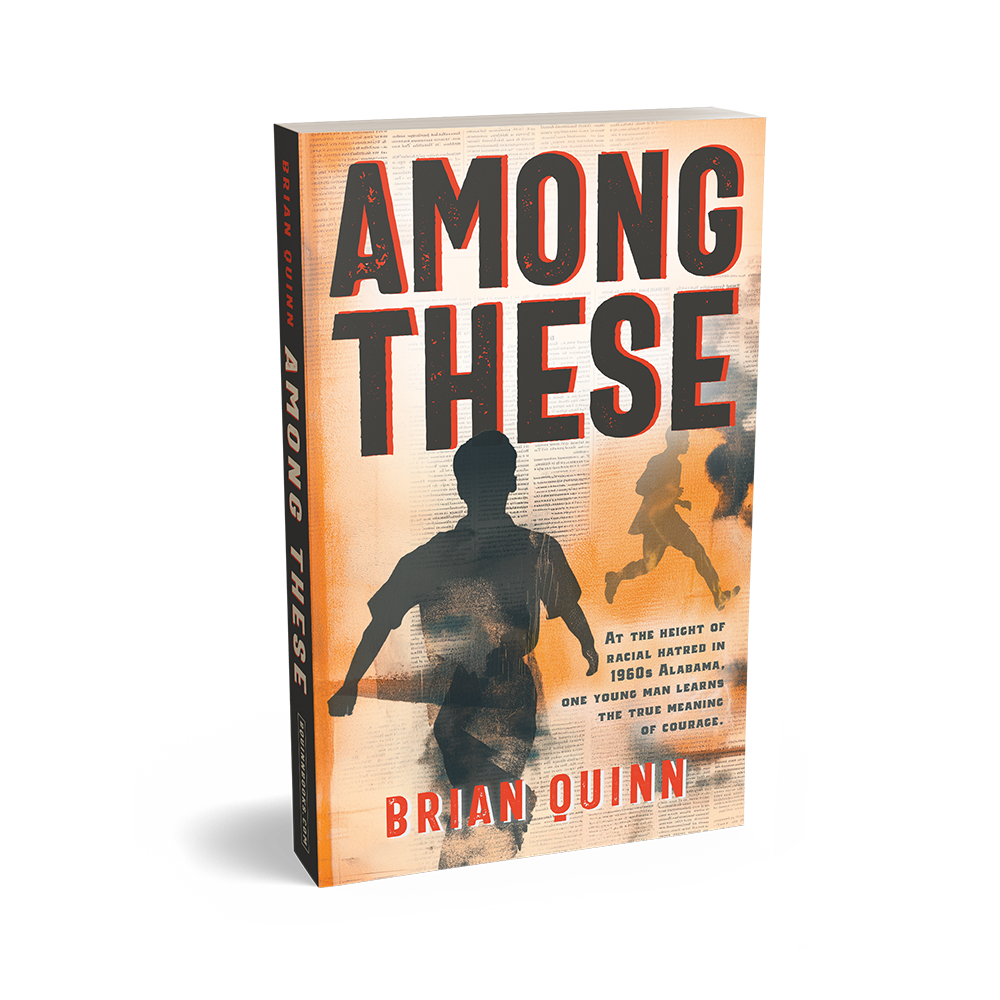

FACES TRIAL
MURDER


HISTORICAL NOVEL BY

AVAILABLE


&
DIVISION


HISTORICAL NOVEL BY
Besieged!
Chattanooga, 1863
In July, Union armies won the battles of Gettysburg in the east and Vicksburg in the west, but in September, at Chickamauga, the Confederates scored a smashing victory and chased a shattered Union Army into Chattanooga, where it was besieged. The tide of victory was receding. The Union Army and the people of Chattanooga were starving. The guns of the Confederates pointed down into the city from the heights of Lookout Mountain and Missionary Ridge.
Abraham Lincoln sent his favorite general, Ulysses S. Grant to Tennessee, because the President said, “He fights!” And fight Grant did!
While Grant and his army fought, young Ram Taraday and his friend Priscilla Watts faced trials of their own – learning whom to trust, discovering whom to believe, and finding how to stand up for their beliefs. During the three days of battle in war-torn Chattanooga, 120,000 soldiers fought for very different beliefs; and in a courtroom Ram and Priscilla fought for their lives after being accused of murder!
Rooted in the burning history of the American Civil War, "General Grant & Me" is exciting young adult adventure the will captivate its readers. The author is Brian Quinn.
★★★★★
“"General Grant & Me" is an amazing achievement. How the author was able to carve a world out of a real historical time and then create such real characters is beyond my ken. The book is so engaging and captivating … I wanted to dwell in the story and not leave Chattanooga. Quinn's ability to do the necessary homework to bring the Civil War to life was remarkable, and he populated the story with characters that I could really care about … Loved it!”
Dr. Jon Spiegel
★★★★★
Buy "General Grant & Me" in paperback or for Kindle
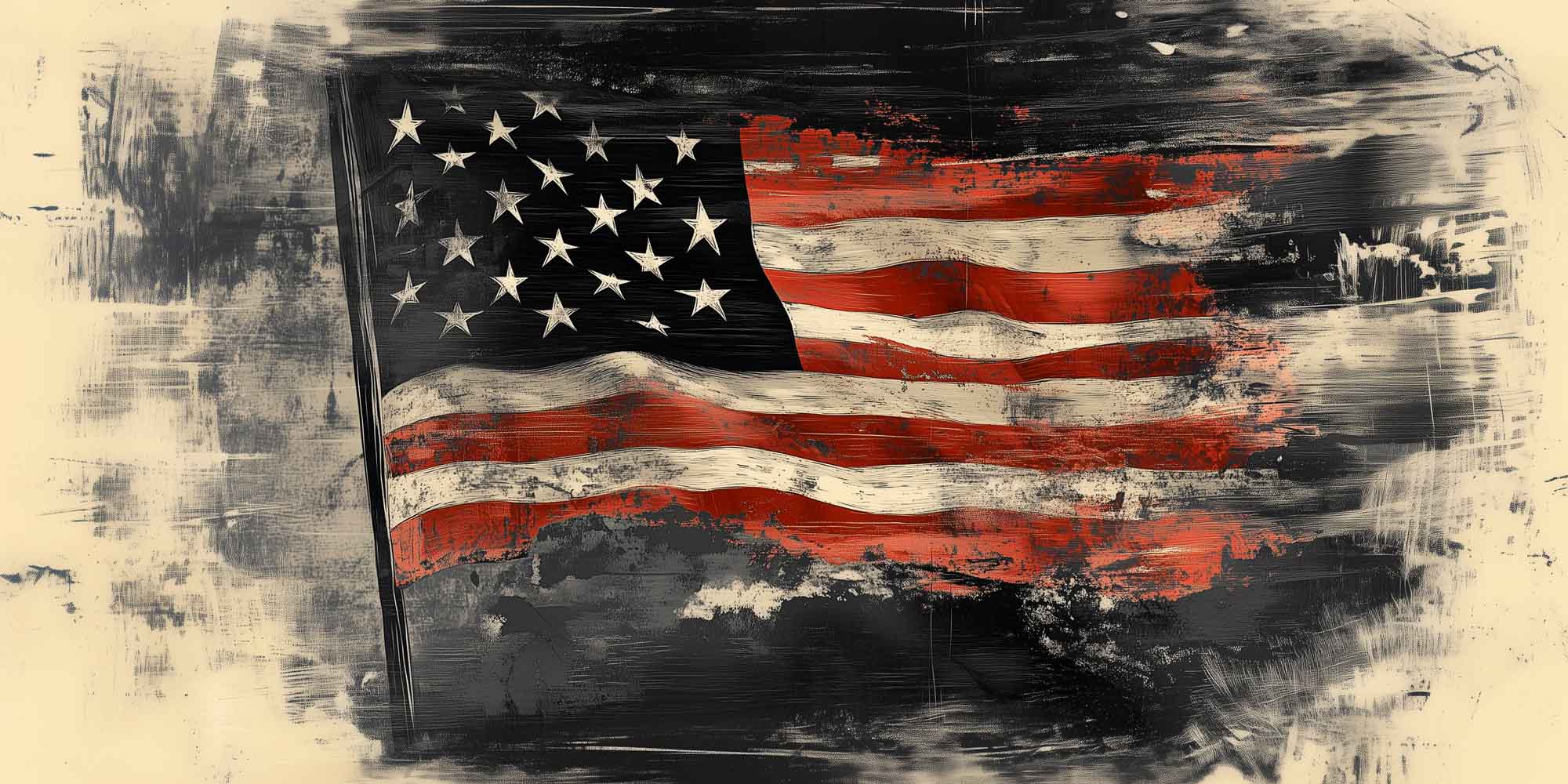
Behind The Story
The 1863 Battle of Chattanooga was a pivotal Union victory in the Civil War, with long-range strategic results. It was there in eastern Tennessee that the Union troops, under the direction of Major General Ulysses S. Grant, broke the Confederate siege of the city and secured control of a crucial railroad hub.
By storming Missionary Ridge, the Union forces successfully turned the tide after their defeat at Chickamauga, boosting Union morale. The battle also resulted in the promotion of Grant to Lieutenant General, a rank previously held only by George Washington and Winfield Scott.
Finally, the United States forces had a leader who had the vision to see how the war could be won, and the determination to end the rebellion. Grant’s victory paved the way for his trusted friend and most gifted subordinate General William Tecumseh Sherman to strike for Atlanta from Chattanooga.
After capturing Atlanta, Sherman launched his March to the Sea, devastating the South's war infrastructure and hastening the end of the rebellion.
The Battle of Chattanooga thus strategically set the stage for these critical Union advances, underscoring its significance in the broader conflict.
Also by Brian Quinn
Alabama
Spring, 1961
16-year-old Jackson Whitman runs away from his home to investigate the mystery of his mother’s death.
His investigation leads him into racial hatred and violence prevelant in the American South, and Jack learns more than he ever expected
about the true meaning of family -- and about himself.
Set in one of the most challenging periods for US Civil Rights, "Among These" is character-driven novel that exposes the underbelly of the American Dream. The author is Brian Quinn.
Buy "Among These" in paperback or for Kindle
Behind The Story of 'Among These'
Fighting Jim Crow
Many Americans have forgotten that laws were passed in many states that treated Black Americans as second-class citizens. These laws are mostly shameful history now, but the movement to achieve equal rights took determination, demonstrations, and courage.
On May 4, 1961, an interracial group of 13 people boarded two interstate buses in Washington, DC, determined to ride to New Orleans. This was six years after Rosa Parks defied Jim Crow laws that said she had to sit in the back of the bus in Montgomery, Alabama. It was a year after the Supreme Court had directed that all Americans were to be treated equally on buses and in bus depots all across the United States. The Freedom Riders boarded buses to test whether all states were abiding by that decision.
The riders faced resistance and arrests in Virginia. In Rock Hill, South Carolina, they encountered violence. The beating of John Lewis – the future Congressman and the arrest of one participant for using a whites-only restroom, attracted media coverage. According to Congressman Lewis, Martin Luther King, Jr., said, “You will never make it through Alabama.”
Still, they continued. The buses reached Anniston, Alabama, on 14 May, to find a violent mob of over 100 people waiting. The truth is, Anniston local authorities had given permission to the Ku Klux Klan to attack the freedom riders without fear of arrest. One of the buses was firebombed, and its fleeing passengers were forced into the angry white mob. The violence continued at the Birmingham terminal where Eugene “Bull” Connor’s police force offered no protection on that Mother’s Day Sunday.
Freedom Riders – Black and white – were beaten and arrested in Birmingham. They were escorted out of the state. But they did not give up. Within weeks more Freedom Rides were organized. Jim Crow Laws were still in effect across the region, but the Civil Rights movement was undeterred. In 2017, President Barak Obama created the Freedom Riders National Monument in Annison. When Hank Thomas, who faced the mobs in Alabama, was asked why he risked his life as a Freedom Rider and he answered, “I had seen something wrong, and I did something about it.”
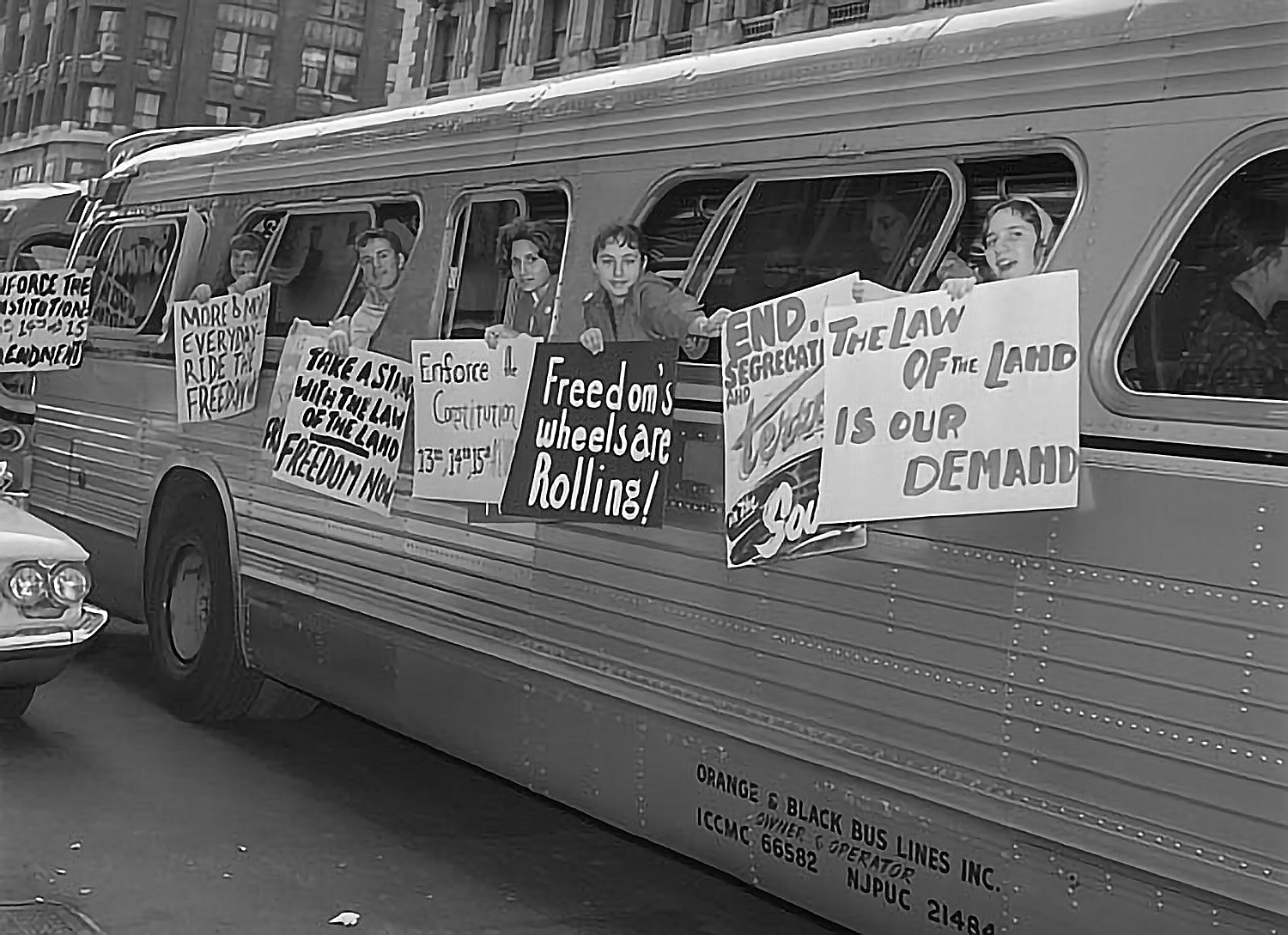
“Freedom Riders” hang anti-segregation signs from bus windows. In the early 1960s, the Congress of Racial Equality, an integrated group that promoted nonviolent methods to achieve racial equality, sent members to ride on public buses and trains to protest segregation of transportation networks.
Freedom riders were beaten in Birmingham, Alabama; firebombed near Anniston, Alabama; and mobbed and handcuffed in Jackson, Mississippi.
(Image source: Library of Congress, via Flickr).
Click image to enlarge.

Brian Quinn
Brian Quinn has been a writer for most of his life.
His first story, Blockade Runner, was about the United States Navy in the Civil War. It was published in the Morris School Enrichment Storybook. He was ten years old.
Slightly later in life, Brian obtained a PhD in Writing from St. John’s University in New York, and he has been a technical writer, an editor, and a college professor of writing.
He has written a textbook, Working Writing: a conversational textbook on Technical Writing (2014), and a book of essays, Looking Glass (2022). He was the editor of the online The New Stone Church Library Short Story Project (2015).
Brian is currently at work on a novel about the Freedom Rides of 1961.
